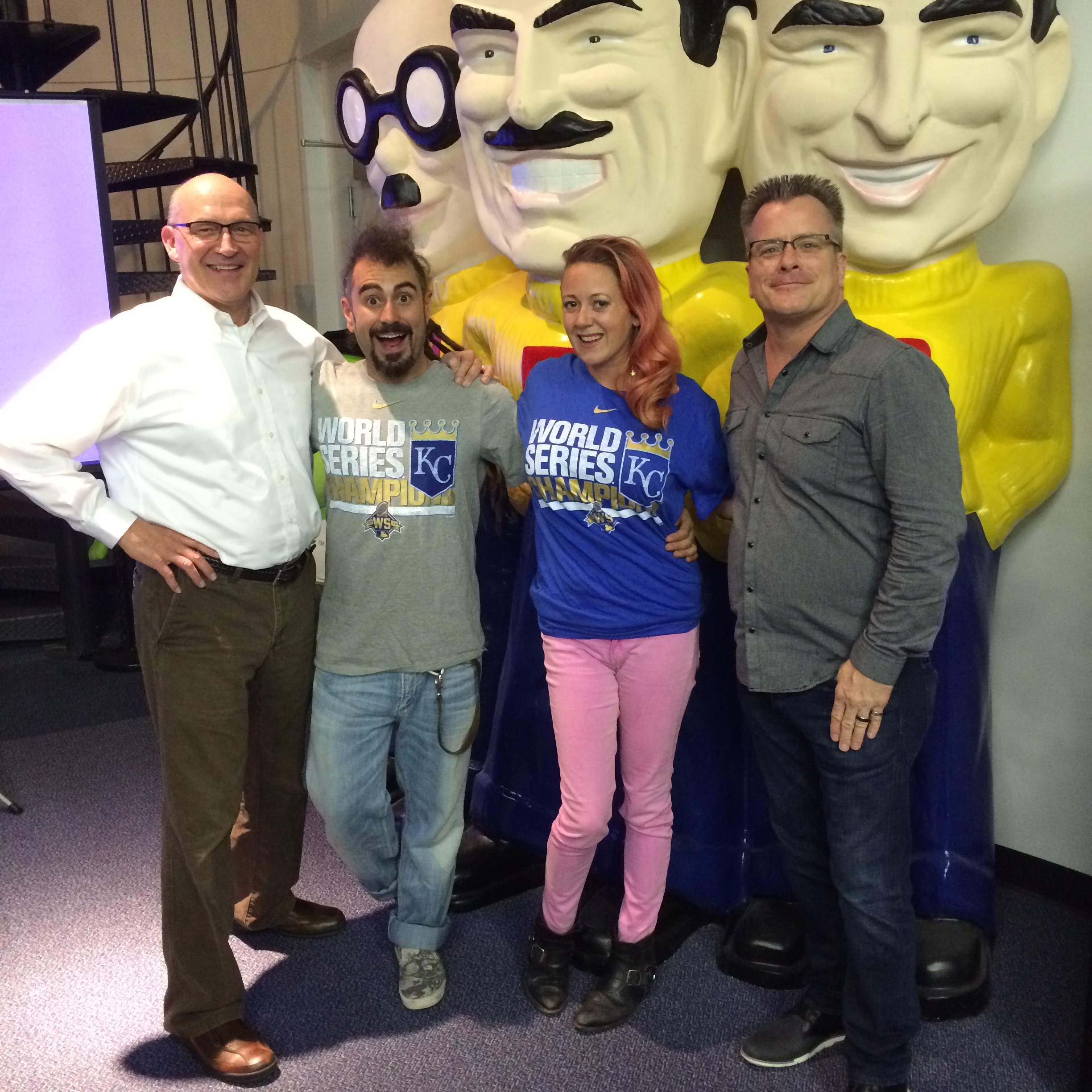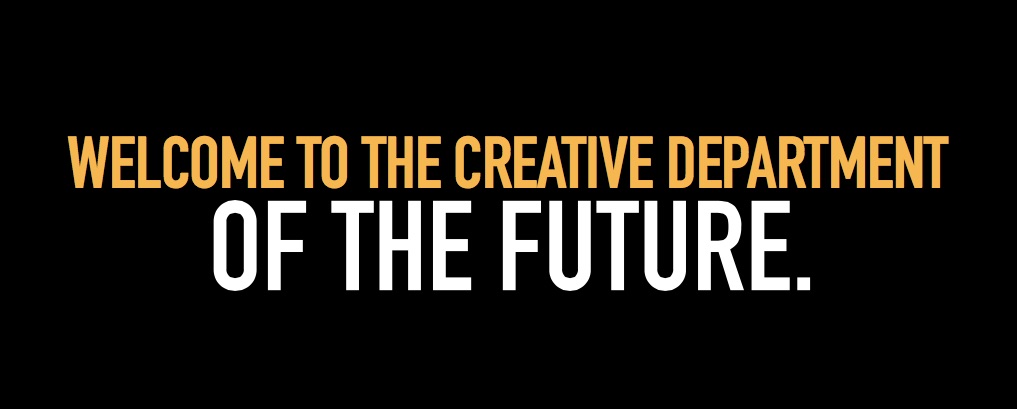 Language matters. Words have meaning.
Language matters. Words have meaning.
Consider the creative crowdsourcing world. Talented people conceive a campaign concept, produce a video, conjure up a name or slogan, or design a logo; load their creation — their intellectual property — into a web application; then press that little SUBMIT button and wait for the payout.
Seems harmless enough. But is it?
In fact, that button is far from harmless. The term “submit” may be a rather innocuous verb, but it literally does signal submission. Creators by the thousands submit themselves to the rules and stipulations and the will of platforms and clients. Often without any compensation whatsoever. In almost every crowdsourcing platform, the crowd member is a submitter. Should they choose to read the fine print, they’ll typically discover language like this:
“The Member agrees and acknowledges that all title, interest, and rights to the Works submitted for the applicable project shall be assigned in full to the Sponsor of the Project.” – Other crowdsourcing platform
Not cool. And in many cases, they’ve already been expected to supply ideas that could shape an entire business!
At Boom Ideanet – in our quest to operate an ethical crowdsourcing platform – the crowd member retains his or her intellectual property until purchased by the client or, to use the euphemistic legal term above, sponsor.
It’s part of our zeal to give the client an advantage over traditional models without taking advantage of the creator. You know, the talented, inspired, hard-working human beings who are contributing their work. That’s why we are careful about the terms we use. Enter rather than submit. Entry rather than submission. Contributor rather than submitter.
Boom shows respect from the outset:
“Entry of your ideas constitutes your agreement with these terms of entry. You will retain intellectual property rights to any ideas you suggest … unless you win.” – Boom
Yes, there is competition in the Boom model. There are winners. And even losers. But we insist that the model seek a balance between competition and compensation. Otherwise, the crowd-driven platform is just a churn model that uses up talent and creates trash piles of intellectual property that benefit no one, least of all the creator! Long term, nobody wins in that scenario. Not even the sponsor.
We recognize that creative people are contributing their ideas and their thinking. But we believe they need not sign over all their rights to that idea in the simple act of clicking a button.
We accept that there will continue to be controversy around crowdsourcing. But if we start to care about even little matters like the language employed in these models, we may begin to establish sustainable crowdsourcing models that benefit all parties, including the creators.
Boom.

















